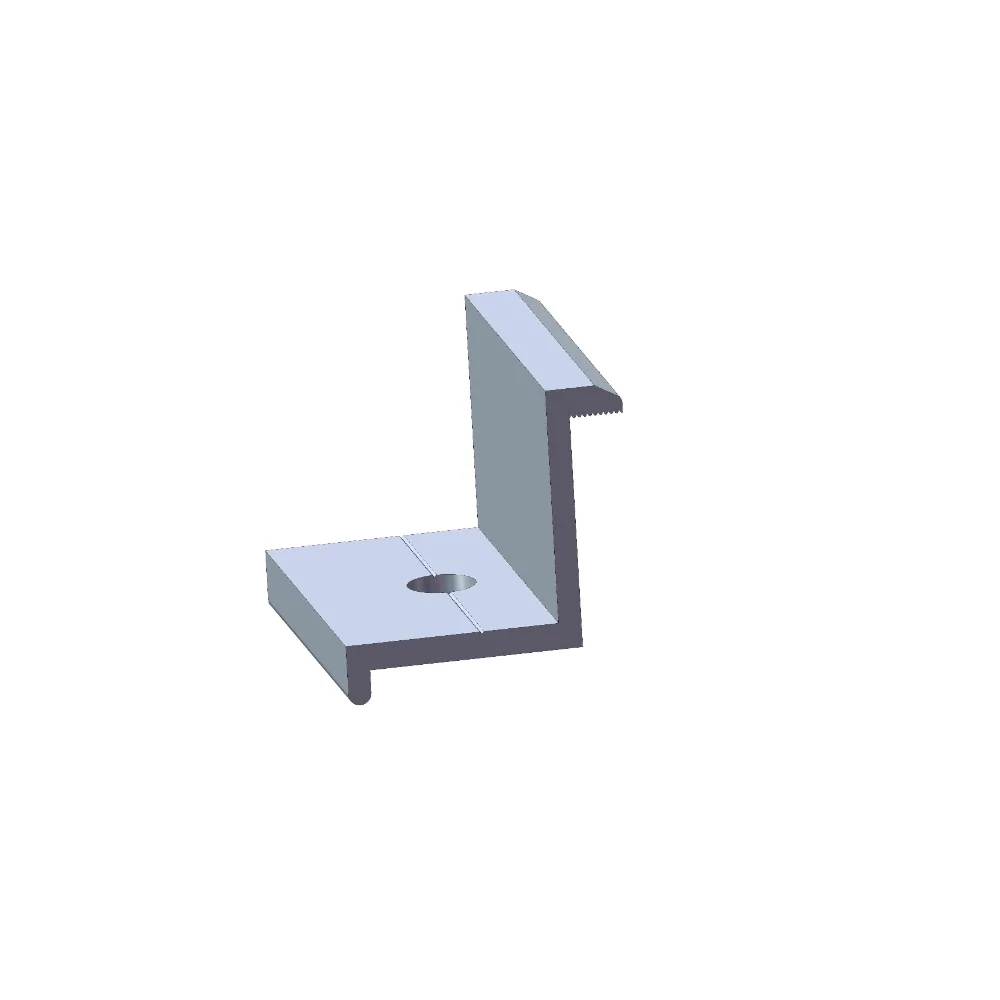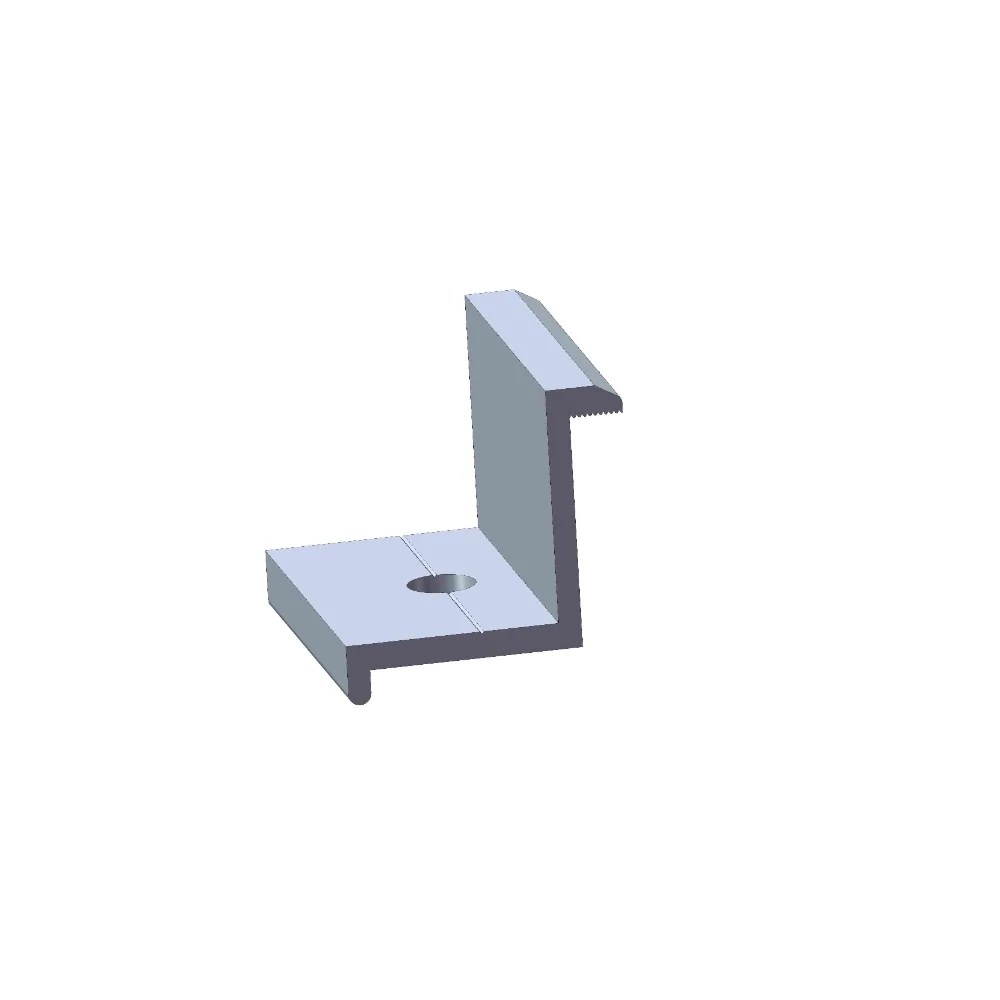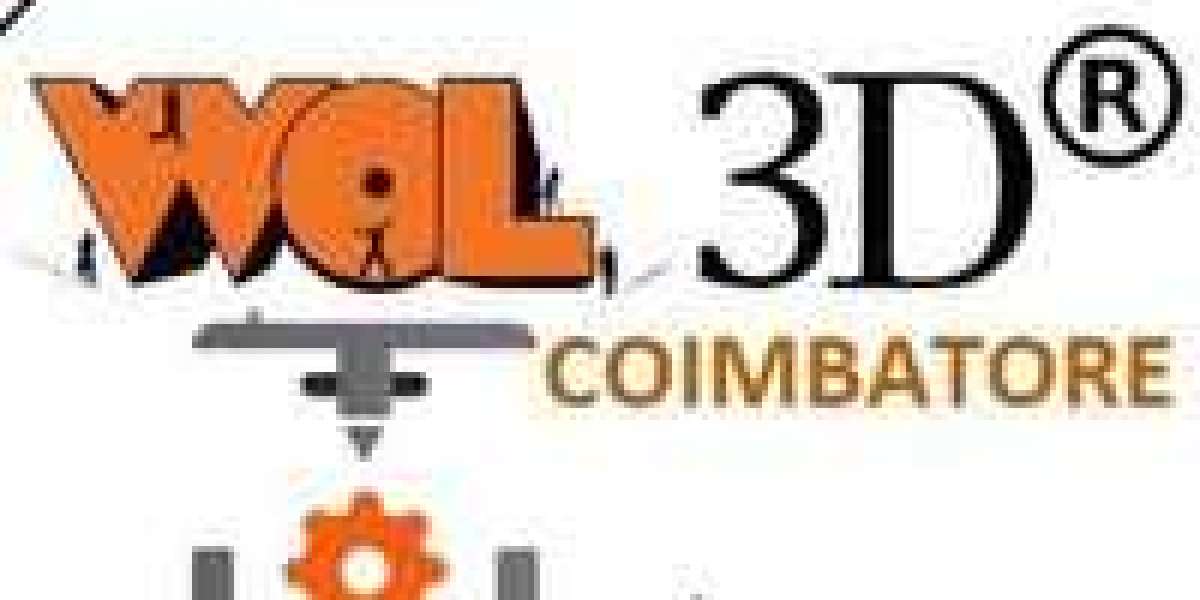With the transformation of the global energy structure and the rapid development of renewable energy, solar energy, as a clean and renewable energy form, is receiving more and more attention and favor. In the design and manufacturing process of solar modules, edge blocks, as an important component, play a vital role. Zenina Alloy Technology's edge blocks play an important role in protecting solar panels, improving structural stability, optimizing power generation efficiency, and facilitating installation and transportation. They are an indispensable part of solar modules.

The role of edge blocks in solar modules
Solar components are the core part of the solar power generation system, and their performance directly affects the power generation efficiency and stability of the entire system. As an important part of solar modules, the edge block plays an important role in the following aspects:
1. Protect solar cells: Solar cells are the core part of solar modules and are responsible for converting light energy into electrical energy. The edge blocks can effectively protect solar cells from damage from the external environment, such as wind, rain, snow and other natural factors as well as man-made damage. At the same time, the edge blocks can also prevent the solar cells from being squeezed and rubbed during transportation and installation, thereby ensuring the safety and reliability of the solar cells.
2. Improve power generation efficiency: The design of the edge blocks can reduce reflection and scattering on the surface of the solar cells, thereby improving the light absorption capacity and photoelectric conversion efficiency of the solar cells. By optimizing the shape and material selection of the edge blocks, the power generation efficiency of solar modules can be further improved, system costs can be reduced, and overall performance can be improved.
3. Enhance structural stability: edge blocks are usually made of high-strength materials, which can improve the overall support and stability of solar modules. Under harsh climatic conditions, such as strong winds, heavy rain, etc., the edge blocks can effectively resist the impact of external forces, ensuring the normal operation and long-term stability of solar modules.
Design and material selection of edge blocks
The design and material selection of the edge blocks have a significant impact on the performance and stability of the solar module. Here are some key design and material selection points:
1. Structural design: The structural design of the edge blocks needs to take into account the installation, fixation and support methods of the solar modules. Reasonable structural design can improve the support capacity and stability of solar modules and reduce the risk of damage caused by improper installation or external impact. In addition, the structural design of the edge block also needs to take into account the heat dissipation performance of the component, and optimize the structure to reduce the operating temperature of the component and improve power generation efficiency.
2. Material selection: The selection of edge block materials requires comprehensive consideration of factors such as strength, weather resistance, corrosion resistance, and cost. Currently, common edge block materials on Zenina Alloy Technology include Alu6063-T5/6005-T5, SUS304, etc.
Optimization strategy of edge blocks in solar modules
In order to further improve the performance and stability of solar modules, the edge blocks can be optimized from the following aspects:
1. Lightweight design: While ensuring the strength and stability of the edge blocks, the edge blocks are lightweight by using lightweight materials and optimizing structural design. This helps reduce the overall weight of solar modules, improves ease of installation and maintenance, and also helps reduce system costs.
2. Enhance heat dissipation performance: The heat dissipation performance of the edge block has an important impact on the operating temperature and power generation efficiency of solar modules. By optimizing the structure and material selection of the edge blocks and improving the thermal conductivity and heat dissipation area of the edge blocks, the operating temperature of the components can be effectively reduced and power generation efficiency improved.
3. Improve corrosion resistance and weather resistance: As solar modules are susceptible to corrosion factors such as moisture, acid and alkali in outdoor environments, you can choose edge block materials with better corrosion resistance and weather resistance, or use surface treatment technology to improve the corrosion resistance and weather resistance of the edge blocks.
Conclusion
As an important part of solar modules, Zenina Alloy Technology's edge blocks play an important role in improving overall performance and stability. By optimizing the design and material selection of the edge blocks, the power generation efficiency of solar modules can be effectively improved, system costs can be reduced, and structural stability can be enhanced.
In conclusion, the application of edge blocks in solar modules is a complex and important topic that requires continuous in-depth research and practice. By continuously optimizing the design and material selection of edge blocks, we can provide a strong guarantee for the performance improvement and stability enhancement of solar power generation systems, and contribute to promoting the transformation of the global energy structure and the development of renewable energy.








